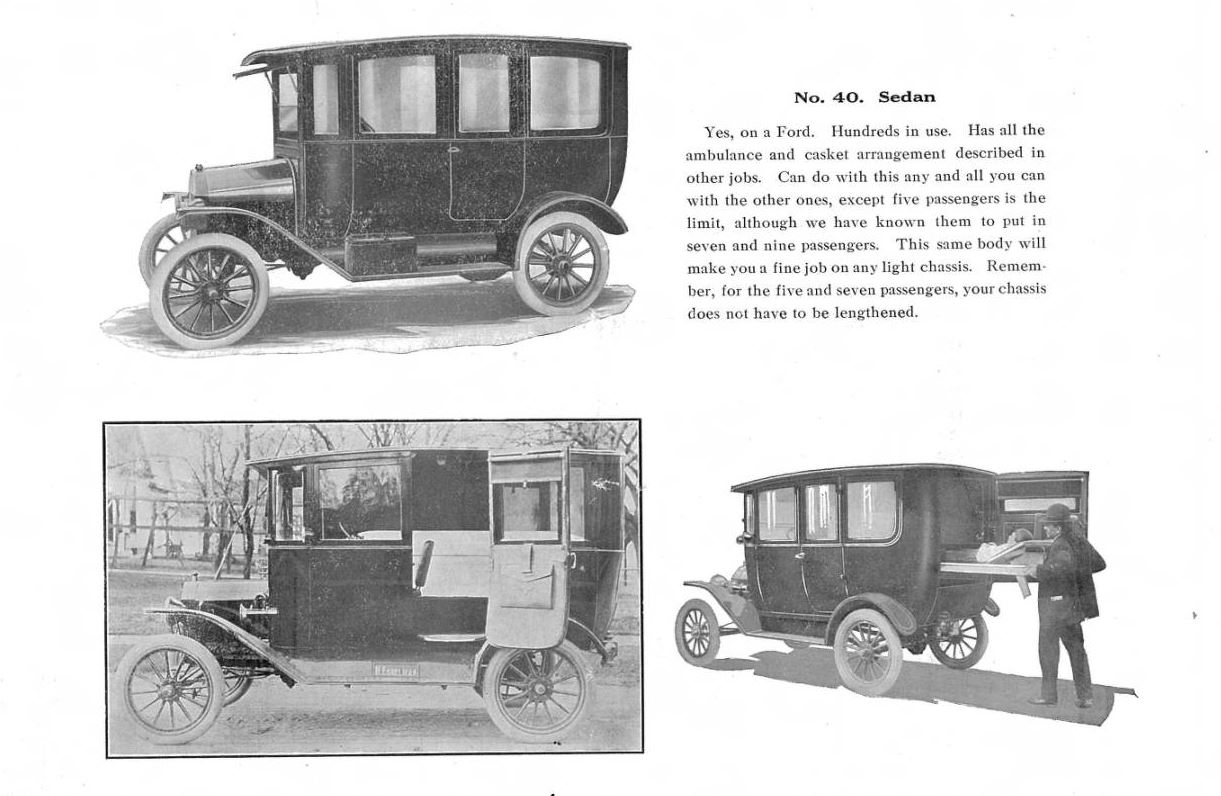The greatest test of the Federal Union was the war that broke out in 1861 after long years of sectional strife within the union between North and South. The Civil War was really an abortive nationalist revolution, the attempt of the Confederate (Southern) states to set up a separate sovereignty, as the southern Democrats lost political control at the national level.
The South was predominantly agricultural, with a society based largely on plantation slavery and on cotton and tobacco, much of which was exported abroad. The North was increasingly industrial, with a society based largely on free labor and independent farm owners. Northern business owners preferred protective tariffs, which hurt the South in its competition for markets.
To the conflict of economic interest was added a conflict of ideals, of ways of life. The fires of conflict were fanned by the question of slavery, which seemed immoral to many in the North, and which seemed the order of nature to many in the South. With the election of Abraham Lincoln (1809-1865) in 1860, the South anticipated an attack on the institution of slavery, which was increasingly defended on ideological grounds that made compromise difficult. Upon the secession of South Carolina and its sister states in the winter of 1860-1861, antagonism reached the point of open war.
In retrospect, the victory of the North has an air of inevitability. The North was greatly superior in population—especially since the South did not dare use slaves as soldiers—and in industrial resources. Yet aided by an able corps of officers, by the advantages in morale that determined underdogs have, and by disastrous Northern overconfidence, the South won initial victories that gave its cause great momentum.
But the North thwarted the efforts of Confederate diplomats to secure British intervention and was able to improvise a naval force that gradually established a blockade, shutting off the South from importation of necessary war materials. Northern determination, manpower, and materials wore the Southern armies down by the spring of 1865, and the last Confederate forces capitulated in May. In the previous month, President Lincoln had been assassinated.
The road to reunion after 1865 was not easy, and in the first years of the Reconstruction period after the war it appeared to be almost impossible. The South was occupied by Northern soldiers, the former slaves were enfranchised, and a period of political instability followed.
Yet the Civil War did not end as such wars have often ended, in wholesale reprisals, executions, and exile. There were very few political refugees of the kind that often emerge from defeated causes; the soldiers of the South returned to devastated homes and lost fortunes, but under amnesty. Gradually the crusading fervor of the North over matters of racial freedom subsided, as a generally conservative view prevailed in both major postwar political parties.
Conservative, business-conscious Northerners were anxious to get back to normal conditions and quite prepared to compromise with like-minded Southerners at the expense of racial equality and other democratic ideals. By 1877 the Southerners had regained control over their states through a political bargain. Slavery was never restored, but blacks were in effect disfranchised, and “white supremacy” was restored. An era of growing racism followed.
The end of Reconstruction left the Democratic party in control of what came to be called the “solid South.” This was a natural development, for the Republican party had guided the North during the war and had tried to carry through Reconstruction.
This situation worked to strengthen the American two-party system, since with so secure a voting block for the Democrats, the Republicans were forced either to make compromises among themselves to preserve their own party unity or lose power; and the northern Democrats were forced to make compromises with their southern wing.
Third-party movements, whether radical or reactionary, did not develop as in Europe. Politically minded groups that could offer attractive programs soon found their ideas absorbed by the two main parties.

